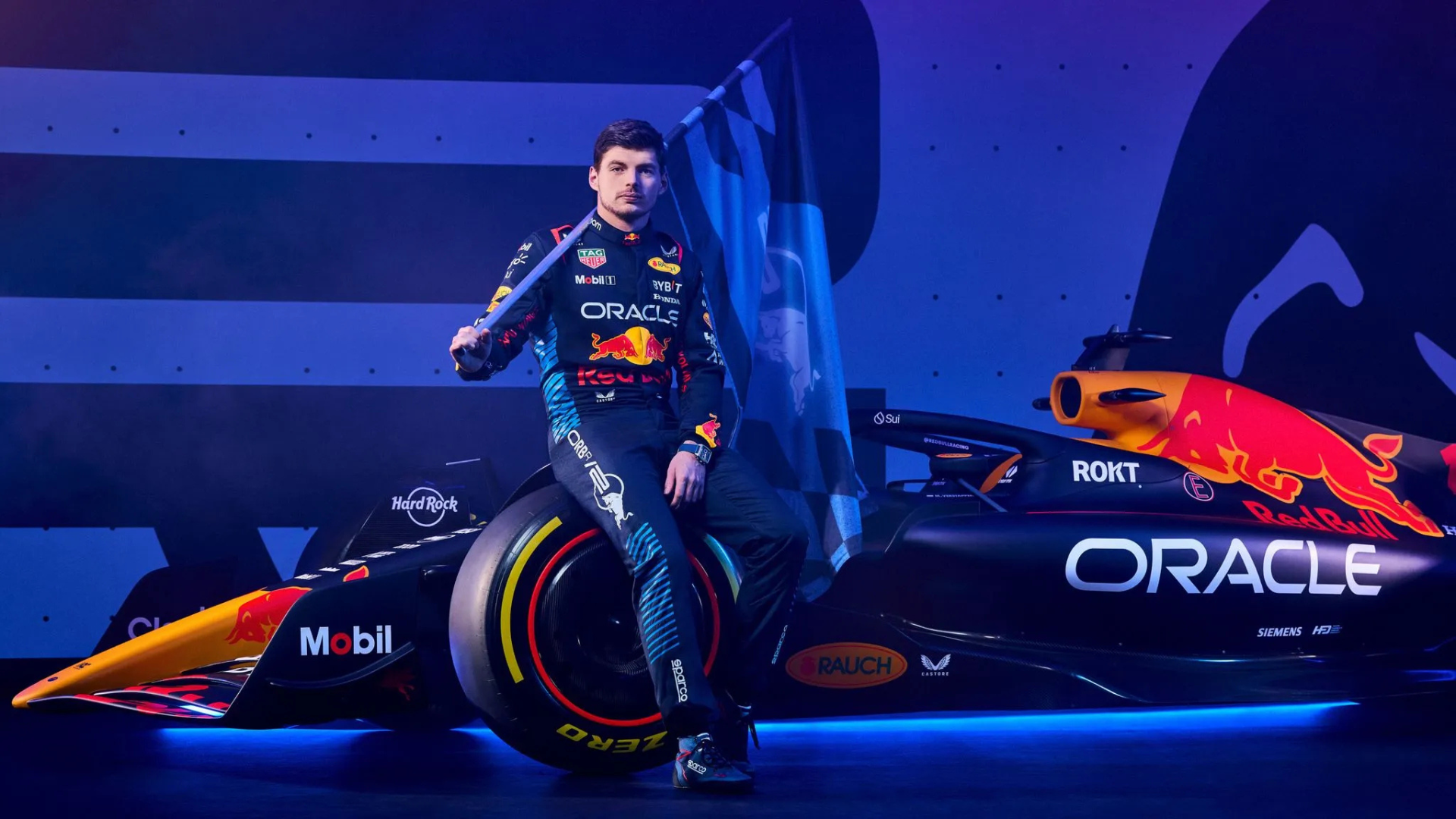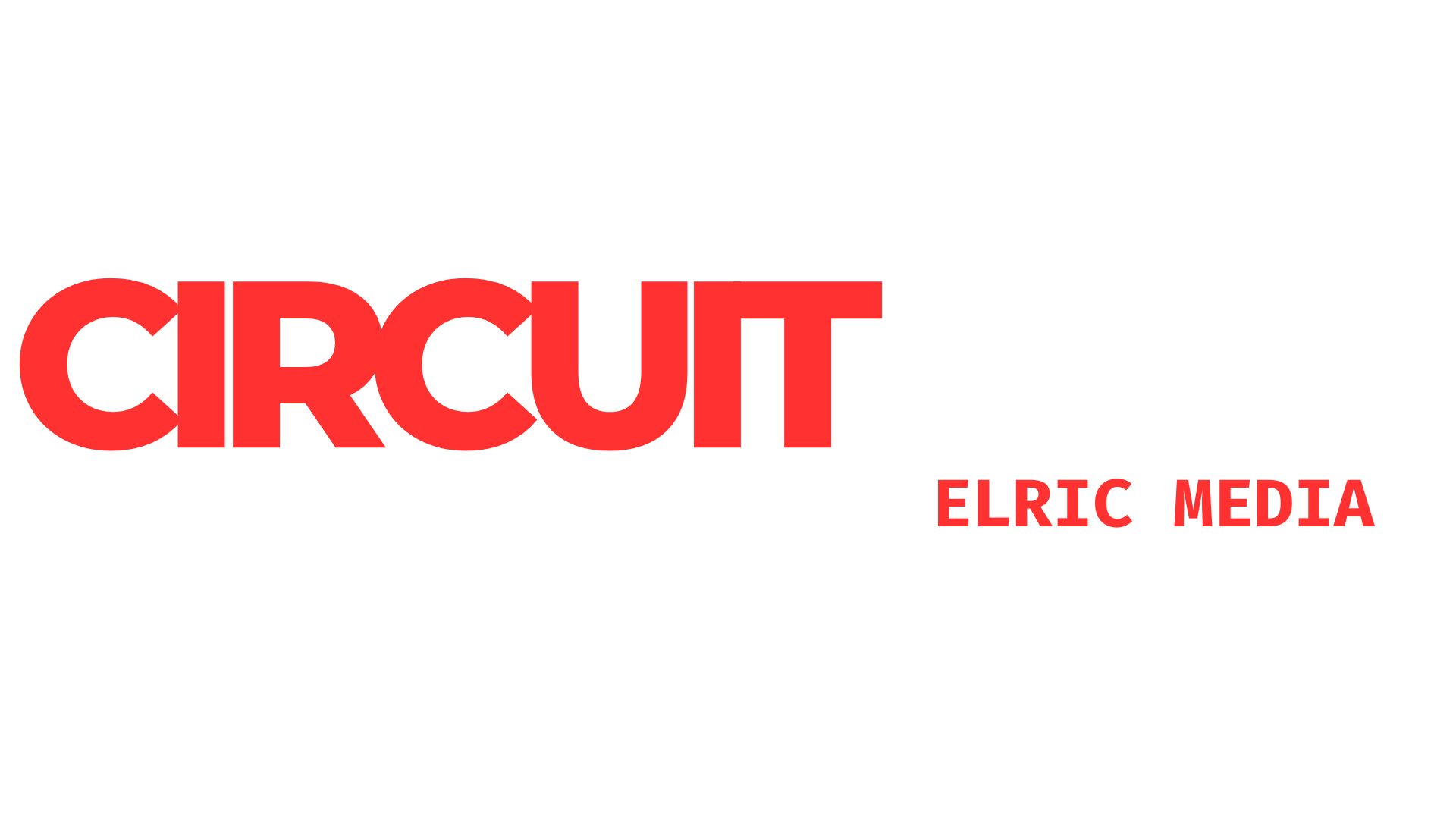Last updated: 14/10/2025
Power of Sponsorships in Formula 1
When you think of Formula 1, you picture roaring engines, iconic tracks, and lightning-fast pit stops. But behind every car’s livery lies something equally powerful, sponsorships in Formula 1. These deals are the financial lifeblood that keeps the world’s most technologically advanced sport in motion.
From energy drinks to tech giants, F1 sponsors play a crucial role in funding teams, promoting brands, and shaping the sport’s identity. Let’s explore how F1 sponsorships evolved, how they work today, and why they’re more vital than ever in modern motorsport.
The Evolution of Sponsorships in Formula 1
In the early days of F1, cars raced in national colors, not logos. That changed in 1968, when Lotus broke tradition and partnered with Gold Leaf tobacco. It was a revolutionary moment: commercial sponsorships in Formula 1 were born.
Since then, sponsorship has grown into a multi-billion-dollar ecosystem. The 1980s and 1990s saw iconic brand tie-ins like Marlboro with Ferrari and Camel with Lotus. Today, you’ll find names like Oracle, Petronas, and Red Bull – a reflection of modern industries, from tech to energy and finance.
Sponsorships now go beyond logos on cars; they represent global marketing partnerships, digital campaigns, and cutting-edge collaborations.
How Sponsorships Work in F1
Every F1 team is essentially a business. With budgets ranging from $120 million to over $500 million a year, external funding is essential. That’s where sponsors come in.
Types of F1 sponsors:
- Title Sponsors: The main brand name in the team title (e.g., Oracle Red Bull Racing).
- Primary Sponsors: Prominent placement on the car, team gear, and media (e.g., Cognizant with Aston Martin).
- Technical Partners: Brands providing technology, materials, or expertise (e.g., Dell Technologies, Pirelli).
- Associate Sponsors: Smaller contributors supporting specific programs or events.
These sponsorships provide teams with vital funds, while companies gain unmatched global exposure through race broadcasts, social media, and F1’s elite image.
Why Companies Invest in F1 Sponsorships

Photo: McLaren
With over 1.5 billion annual TV viewers and races across five continents, F1 sponsorships are among the most valuable in sports marketing. But it’s not just about visibility, it’s about association.
Key reasons brands invest in F1:
- Global Reach: Every race is a global event, offering exposure in key markets.
- Innovation & Technology: F1 symbolizes precision, speed, and progress – values brands love to associate with.
- Brand Prestige: Being linked to Formula 1 conveys luxury and performance.
- B2B Opportunities: Many sponsors are in tech, logistics, or finance, using F1 partnerships for networking and collaboration.
For example, Aramco’s partnership with F1 focuses on sustainable fuels, while Red Bull and Oracle combine performance data analytics with race strategy.
The Impact of F1 Sponsors on Teams and the Sport
Without sponsors, F1 wouldn’t exist at the scale it does. Team success often mirrors sponsorship strength – big brands mean big budgets, and big budgets often mean better cars.
Ferrari, McLaren, Mercedes, and Red Bull thrive partly because they attract major sponsors year after year. Even smaller teams like Haas or Williams rely on corporate deals to stay competitive.
Beyond team funding, sponsors also shape the fan experience:
- Interactive fan zones and virtual activations.
- Exclusive content and behind-the-scenes access.
- Merchandise collaborations and event branding.
Simply put, F1 sponsors are the bridge between fans, teams, and the business world.
Modern Trends in F1 Sponsorships

Photo: Red Bull
The world of sponsorships in Formula 1 is evolving rapidly:
- Tech and Data Partnerships: Companies like AWS, Lenovo, and Oracle use F1 to showcase their tech innovations.
- Sustainability Focus: Brands want to associate with F1’s push for carbon neutrality by 2030.
- Digital Engagement: Sponsorships now extend to social media campaigns, esports, and influencer partnerships.
- Crypto and Fintech Boom: From Stake to OKX, digital finance brands are reshaping the sponsorship landscape.
The days of only seeing logos on cars are gone – modern F1 sponsorships involve deep integration across content, tech, and sustainability.
The Future of Sponsorships in Formula 1
As Formula 1 expands into new regions like the U.S., Middle East, and Asia, sponsorships will continue to grow in diversity and value. Brands are no longer just paying for visibility – they’re investing in storytelling, innovation, and purpose-driven marketing.
Expect to see:
- More eco-focused partnerships (green fuels, sustainable logistics).
- Greater involvement from tech startups and AI-driven companies.
- Enhanced digital fan experiences tied to sponsor activations.
The power of sponsorships in Formula 1 lies in their ability to evolve with the sport and to keep driving it forward, both on and off the track.
Conclusion: More Than Just Logos
Sponsorships in Formula 1 are more than flashy stickers – they’re strategic alliances fueling innovation, competition, and global engagement. Every brand that joins the grid contributes to the sport’s growth and technological progress.
In short, F1 sponsorships aren’t just about money; they’re about momentum. And as Formula 1 races into a sustainable, high-tech future, sponsors will remain the unsung heroes powering the world’s fastest show on earth.
FAQ: Sponsorships in Formula 1
- How much do F1 sponsorships cost?
It varies widely – title sponsorships can exceed $50 million per year, while smaller partnerships may start around $1–5 million. - Who are the biggest sponsors in F1 right now?
Some of the largest include Oracle (Red Bull), Petronas (Mercedes), Aramco (Aston Martin/F1), and Shell (Ferrari). - What do sponsors get from Formula 1?
Global exposure, B2B opportunities, and brand association with cutting-edge performance, technology, and luxury. - Can smaller brands sponsor F1 teams?
Yes – many smaller companies sponsor teams in niche areas like hospitality, logistics, or equipment supply.
Recent Posts
-
Yas Marina Circuit Explained: Corners, Overtaking Zones & Strategy Keys for the 2025 Decider
-
Abu Dhabi Grand Prix Winners List (2009-2025)
-
2025 Abu Dhabi GP Weekend Preview: F1 Championship Battle Explained
-
Adrian Newey at Aston Martin: What His Team Principal Role Means for F1’s Future
-
2025 Qatar GP: What to Expect from Lusail International Circuit
-
Popular F1 Records: All-Time Stats Every Fan Should Know (2025)
-
How Liberty Media Runs F1
-
The Future of F1 Las Vegas GP: Predictions for 2026 & Beyond
-
F1 Americanisation Strategy: Why Las Vegas GP Is the Blueprint
-
F1 Celebrity & Influencer Business at the Las Vegas GP










